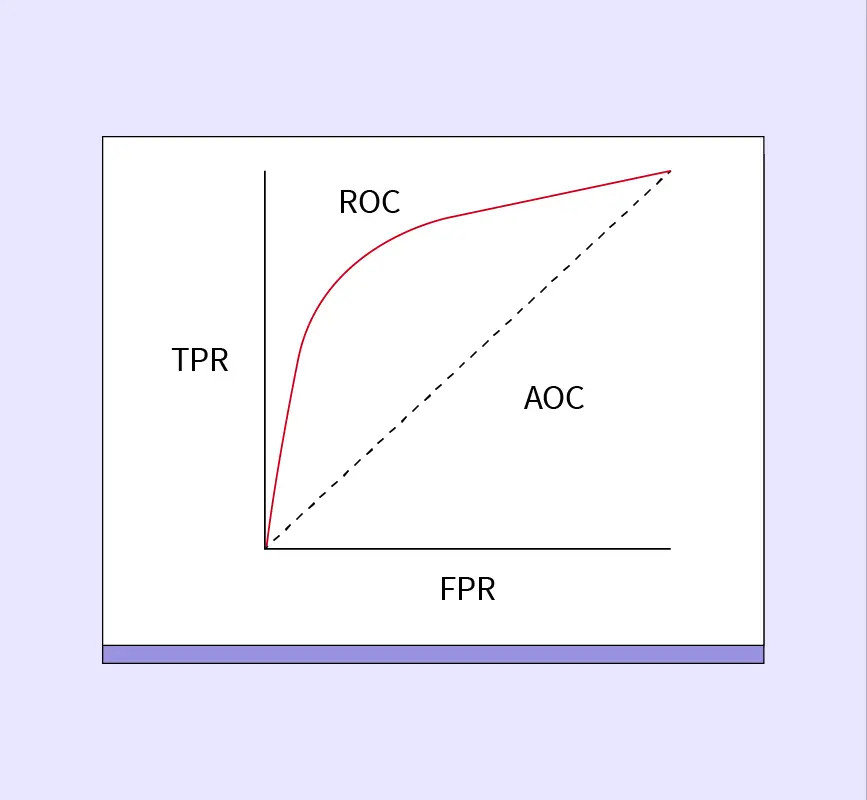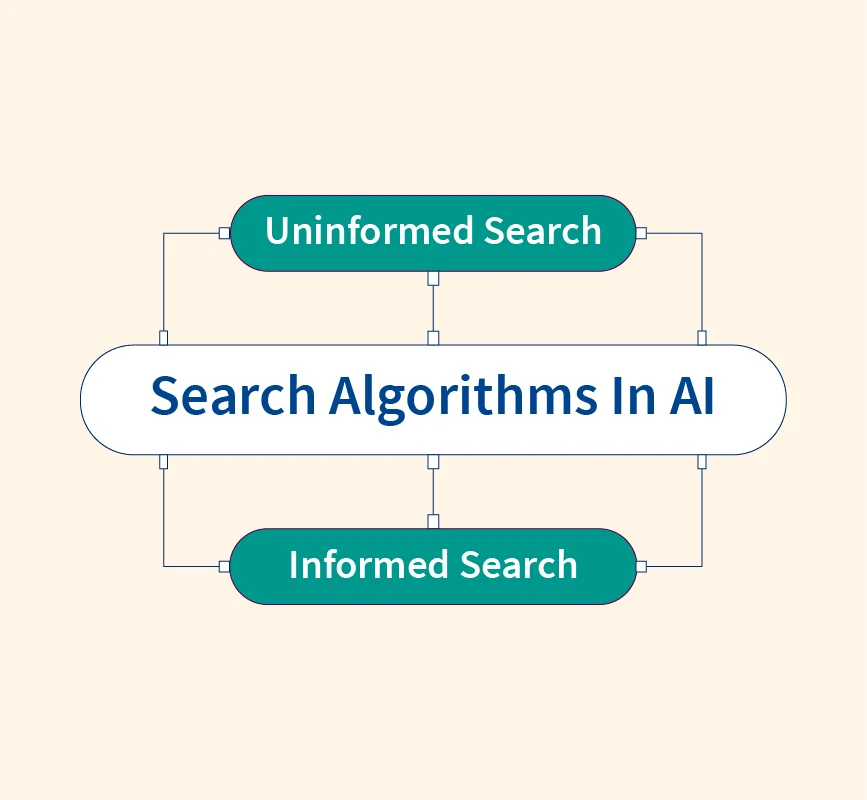Data is the foundation of machine learning, enabling models to learn patterns, make predictions, and improve decision-making. Machine learning algorithms rely on various types of data to perform classification, regression, clustering, and anomaly detection tasks.
Understanding different data types is crucial because it affects model accuracy, feature selection, and preprocessing techniques. Some models work best with structured numerical data, while others handle unstructured text, images, or videos.
Data plays a pivotal role in training, validating, and testing models. High-quality data ensures that models generalize well to new inputs, while poor data quality leads to biased or inaccurate predictions. The ability to differentiate between structured vs. unstructured data, labeled vs. unlabeled data, and numerical vs. categorical data allows machine learning practitioners to choose the right preprocessing techniques and optimize model performance.
Properties of Data in Machine Learning
The effectiveness of a machine learning model depends on the quality and characteristics of data. Below are five key properties that define data in machine learning:
- Volume (Size of the Dataset) – Machine learning models require large datasets to generalize well. The volume of data impacts training time, computational resources, and model performance. Big data techniques help process massive datasets efficiently.
- Variety (Different Types of Data) – Data can be structured (numerical, categorical), unstructured (text, images, videos), or semi-structured (JSON, XML). The diversity of data types influences feature engineering and model selection.
- Velocity (Speed of Data Generation & Processing) – Some applications, like real-time fraud detection and stock market predictions, require models to process high-speed streaming data instantly.
- Veracity (Accuracy & Reliability of Data) – Inconsistent, biased, or noisy data can lead to poor predictions. Proper data cleaning, preprocessing, and validation ensure data reliability.
- Value (Insights Derived from Data) – The ultimate goal of machine learning is to extract actionable insights that drive business decisions, automation, and process optimization.
Types of Data Based on Structure
Machine learning data can be categorized based on its structure and organization. Understanding these classifications helps in choosing appropriate storage, processing methods, and machine learning algorithms.
1. Structured Data
Structured data is highly organized and stored in predefined formats, such as tables, spreadsheets, and relational databases. It follows a fixed schema with clear relationships between data points.
- Examples: Customer records in an SQL database, financial transactions in spreadsheets, or inventory management systems.
- Applications: Used in predictive modeling, fraud detection, and business intelligence.
2. Unstructured Data
Unstructured data lacks a predefined format and does not fit neatly into relational databases. It is typically complex, diverse, and requires advanced preprocessing before use in machine learning models.
- Examples: Images, videos, audio files, emails, and social media posts.
- Applications: Used in computer vision, sentiment analysis, and speech recognition. Deep learning models, such as CNNs (Convolutional Neural Networks) for image processing and NLP models for text processing, are commonly used for unstructured data.
3. Semi-Structured Data
Semi-structured data has some level of organization but does not follow a strict schema like structured data. It contains tags or metadata that help define relationships.
- Examples: JSON and XML files, NoSQL databases like MongoDB, and email metadata.
- Applications: Used in web scraping, log analysis, and document classification.
Different machine learning models handle these data types differently. Structured data benefits from statistical models, while deep learning techniques are better suited for unstructured and semi-structured data.
Types of Data Based on Representation
Machine learning data can be categorized based on how it is represented. The two main types are numerical (quantitative) data and categorical (qualitative) data.
1. Numerical (Quantitative) Data
Numerical data consists of measurable or countable values, making it suitable for statistical analysis and machine learning models. It is further divided into:
- Discrete Data – Represents countable values with a finite number of possible outcomes.
- Examples: Number of students in a class, website clicks, number of defects in a product.
- Continuous Data – Represents measurable values with an infinite range. It includes values with decimal points.
- Examples: Temperature readings, stock prices, blood pressure levels.
2. Categorical (Qualitative) Data
Categorical data consists of labels or categories that classify objects or individuals. It is divided into:
- Nominal Data – Categories without any inherent order.
- Examples: Gender (Male/Female), Eye color (Brown, Blue, Green), Car brands (Toyota, Ford, BMW).
- Ordinal Data – Categories with a meaningful order or ranking, but without a consistent numerical difference.
- Examples: Customer satisfaction levels (Poor, Average, Good, Excellent), Education levels (High School, Bachelor’s, Master’s, Ph.D.).
Understanding data representation helps in choosing appropriate encoding techniques (one-hot encoding for categorical data, normalization for numerical data) and selecting the right machine learning algorithms for analysis.
Types of Data Based on Labeling
In machine learning, data is often classified based on the presence or absence of labels, which determine how algorithms learn from it.
1. Labeled Data
Labeled data consists of input features paired with corresponding output labels, making it suitable for supervised learning. This type of data is used for tasks where the relationship between input and output is well-defined.
- Examples:
- Email classification (Spam or Not Spam).
- Image recognition (Identifying cats vs. dogs).
- Applications: Used in classification, regression, and NLP models.
2. Unlabeled Data
Unlabeled data contains only input features without predefined labels, requiring models to identify patterns and relationships on their own. It is commonly used in unsupervised learning.
- Examples:
- Customer segmentation based on purchase behavior.
- Clustering social media trends.
- Applications: Used in clustering, anomaly detection, and dimensionality reduction.
3. Semi-Labeled Data
Semi-labeled data contains a small portion of labeled data along with a large set of unlabeled data. It is used in semi-supervised learning, where models learn from both labeled and unlabeled data to improve accuracy.
- Examples: Medical diagnosis datasets with only a few labeled patient records.
- Applications: Used in speech recognition, fraud detection, and recommendation systems.
The Four Levels of Data Measurement
Understanding the four levels of data measurement is essential for selecting the right statistical techniques and machine learning models.
- The nominal scale consists of categorical data without any ranking. Examples include gender, eye color, and marital status. This type of data is used primarily for classification tasks and requires encoding methods like one-hot encoding before feeding into machine learning models.
- The ordinal scale represents ranked categories but does not indicate precise differences between values. Examples include education levels (High School, Bachelor’s, Master’s) and customer satisfaction ratings (Low, Medium, High). Ordinal data is often used in classification models and ranking-based recommendation systems.
- The interval scale has equal differences between values but lacks a true zero. Examples include temperature in Celsius or IQ scores. Since ratio comparisons (e.g., “twice as hot”) are meaningless, interval data is primarily used in time-series analysis and predictive modeling.
- The ratio scale includes all the properties of an interval scale but features a true zero, meaning values can be meaningfully multiplied or divided. Examples include height, weight, income, and website visits, making it highly useful in finance, healthcare, and machine learning regression models.
How Data is Split in Machine Learning?
In machine learning, data is typically divided into three subsets: training data, validation data, and test data. Proper data splitting ensures model accuracy, generalization, and performance evaluation.
- Training data is the largest portion of the dataset, used to train the model by adjusting its parameters based on patterns in the data.
- Validation data is a separate subset used to fine-tune model parameters and prevent overfitting. It helps in selecting the best model configurations.
- Test data is used after training to evaluate the model’s performance on unseen data, ensuring it generalizes well to real-world applications.
Conclusion
Understanding the different types of data in machine learning is essential for building accurate and efficient models. From structured vs. unstructured data to numerical vs. categorical data, each type plays a critical role in determining the best preprocessing techniques and machine learning algorithms.
Selecting the right data type and measurement level ensures better feature selection, model training, and predictive accuracy. Proper data handling, preprocessing, and validation can significantly improve machine learning performance.
Exploring advanced data processing techniques, such as feature engineering, normalization, and data augmentation, allows practitioners to develop more reliable and effective AI models.
References:


